The story of Touring Superleggera
The early years In early 1926, two lawyers from Milan – Felice Bianchi Anderloni and Gaetano Ponzoni – decided to leave behind the world…
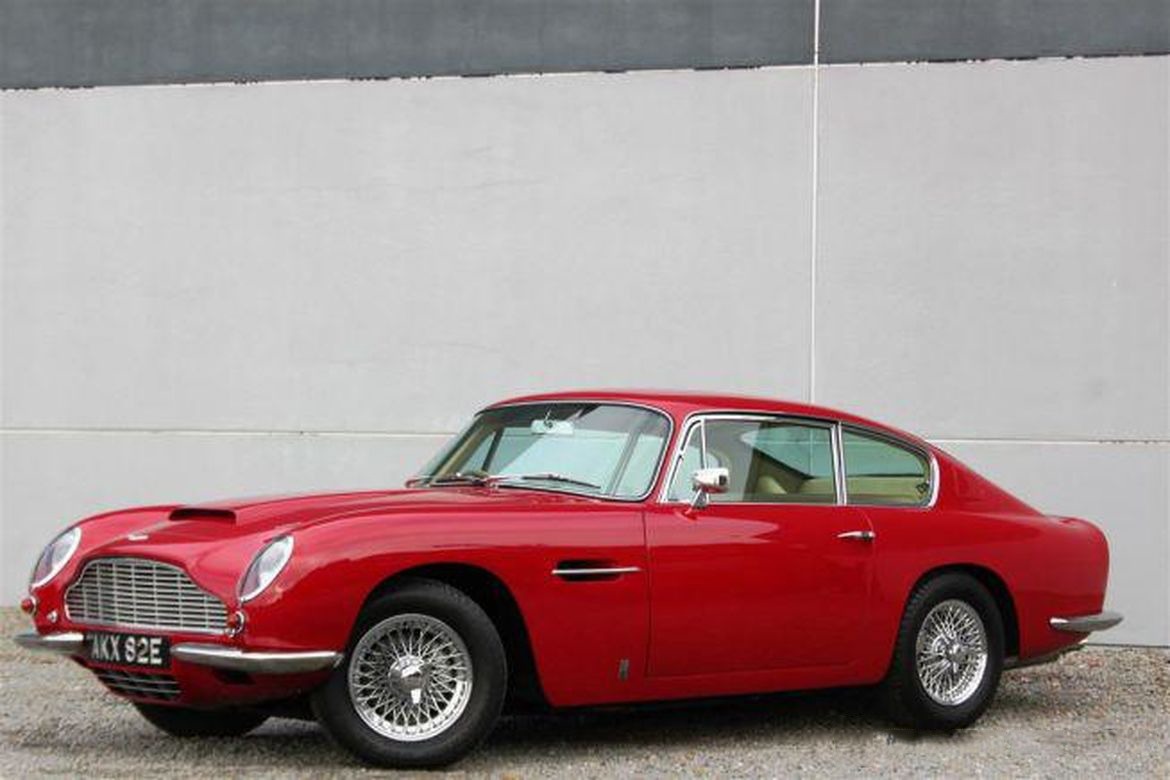
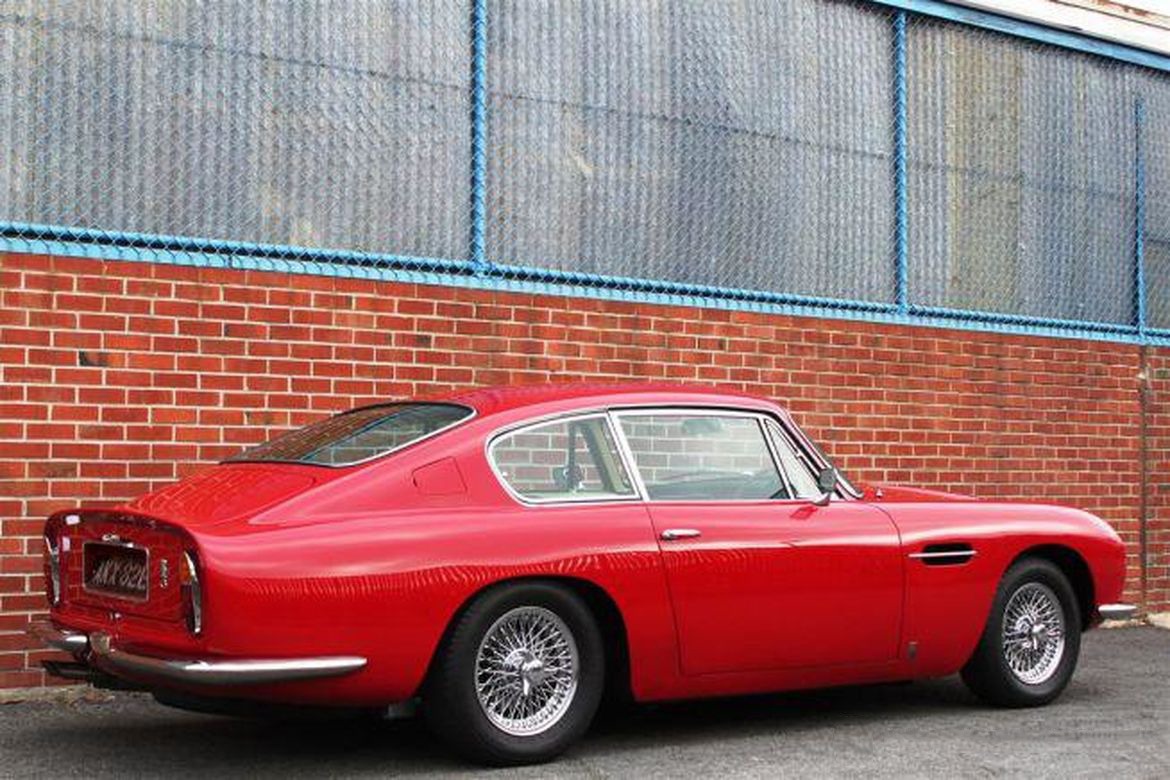
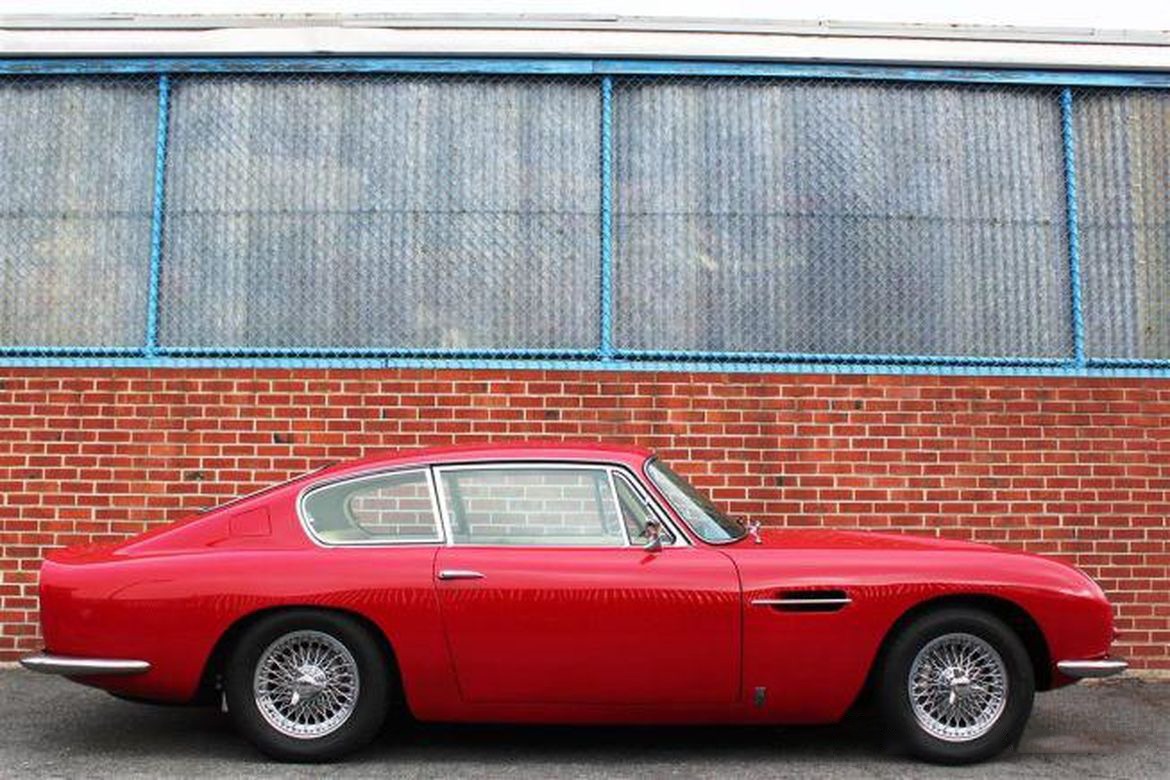
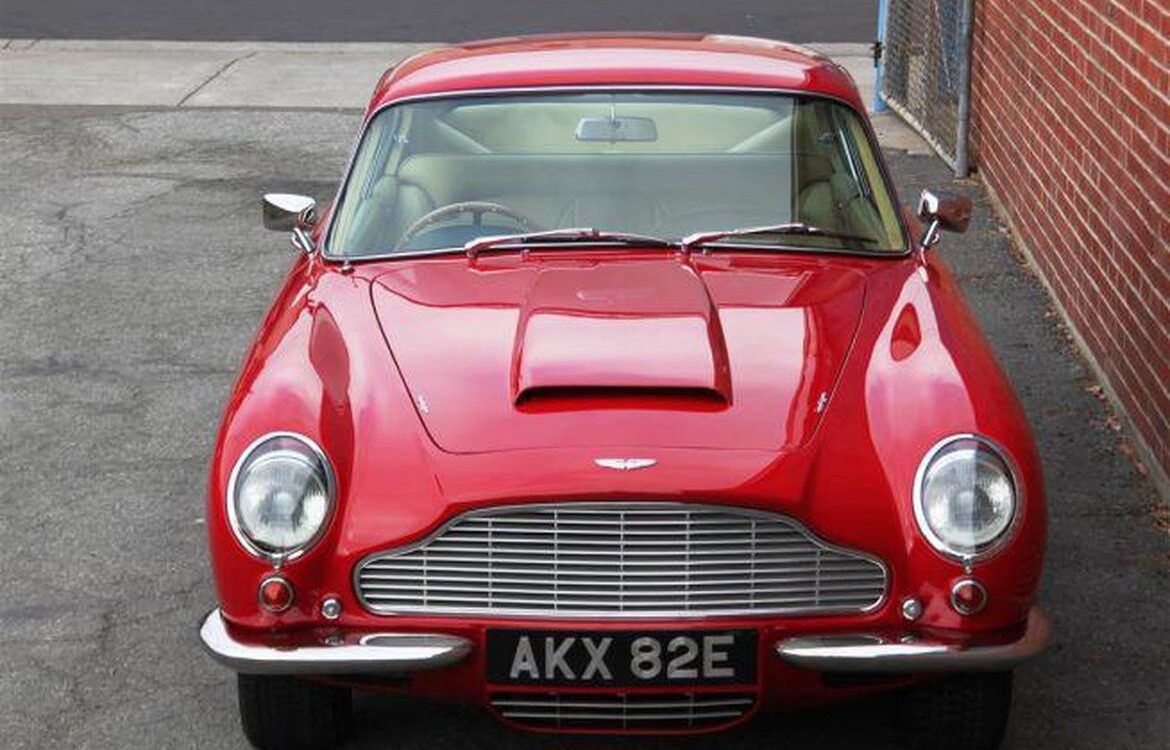
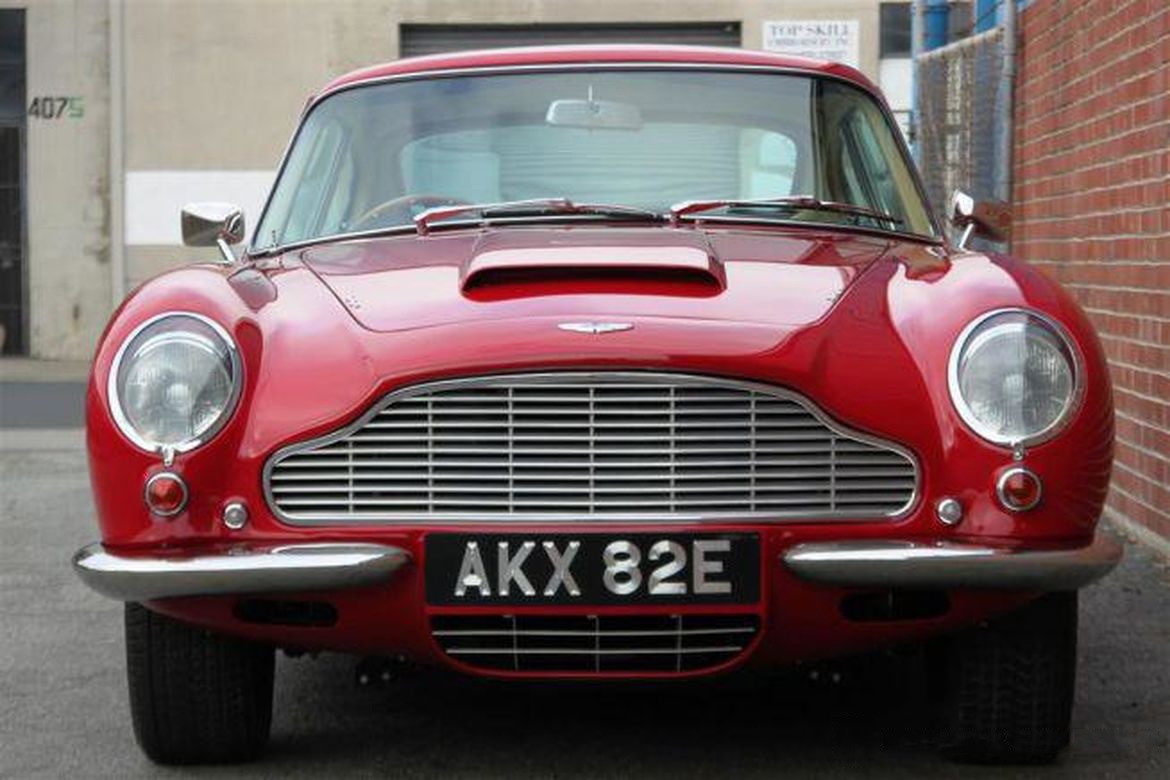
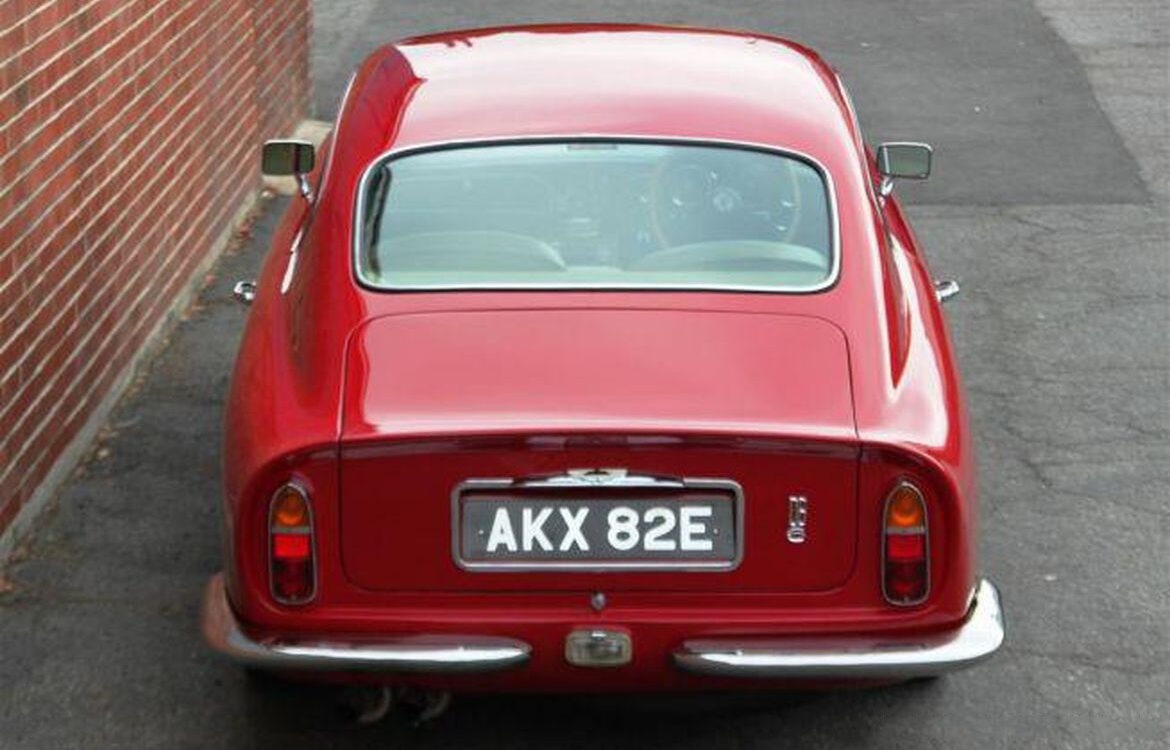
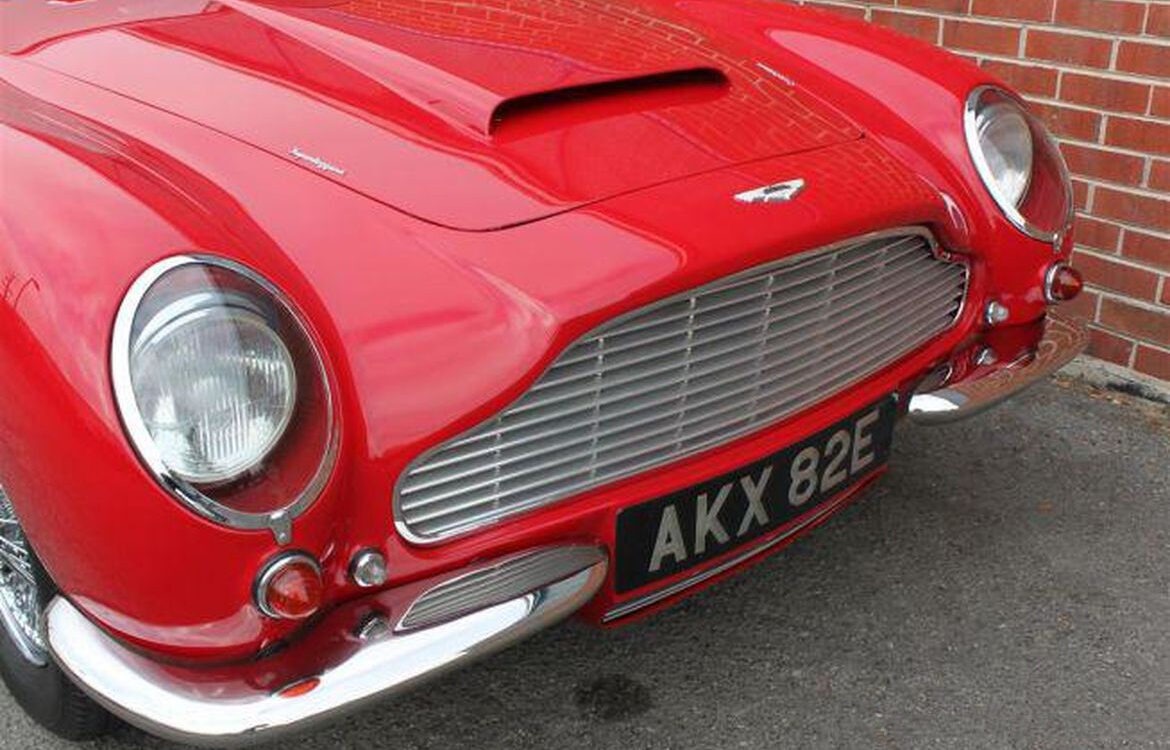
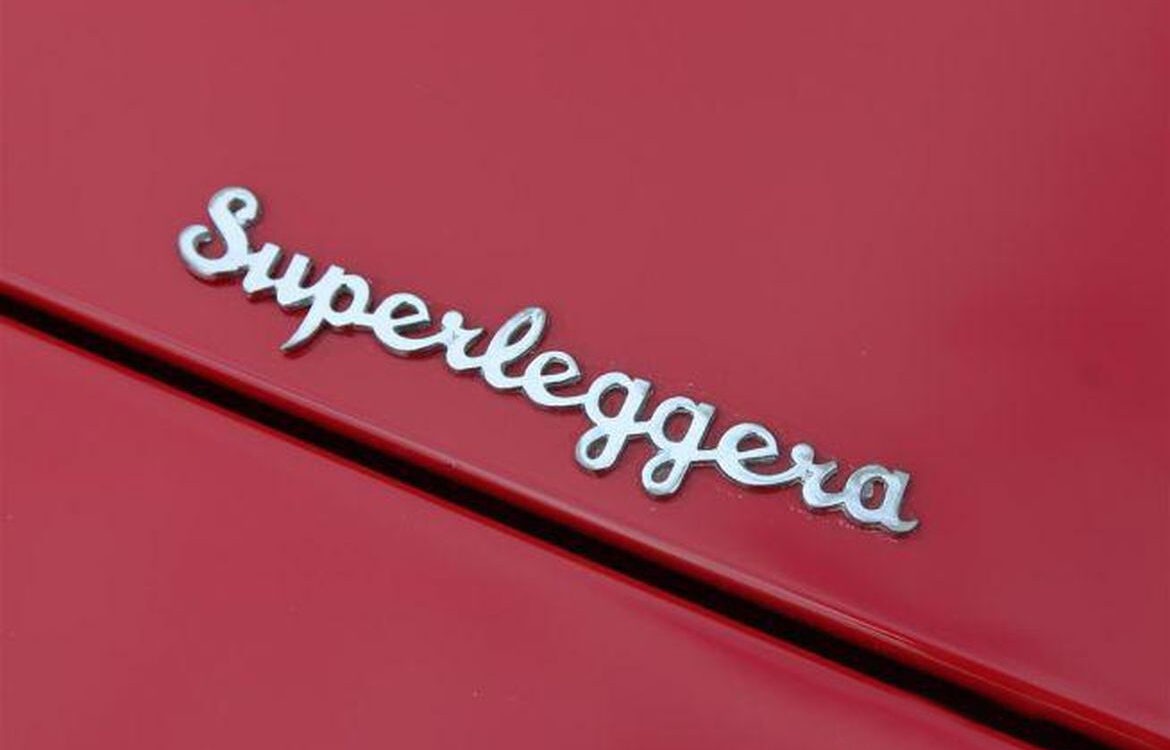
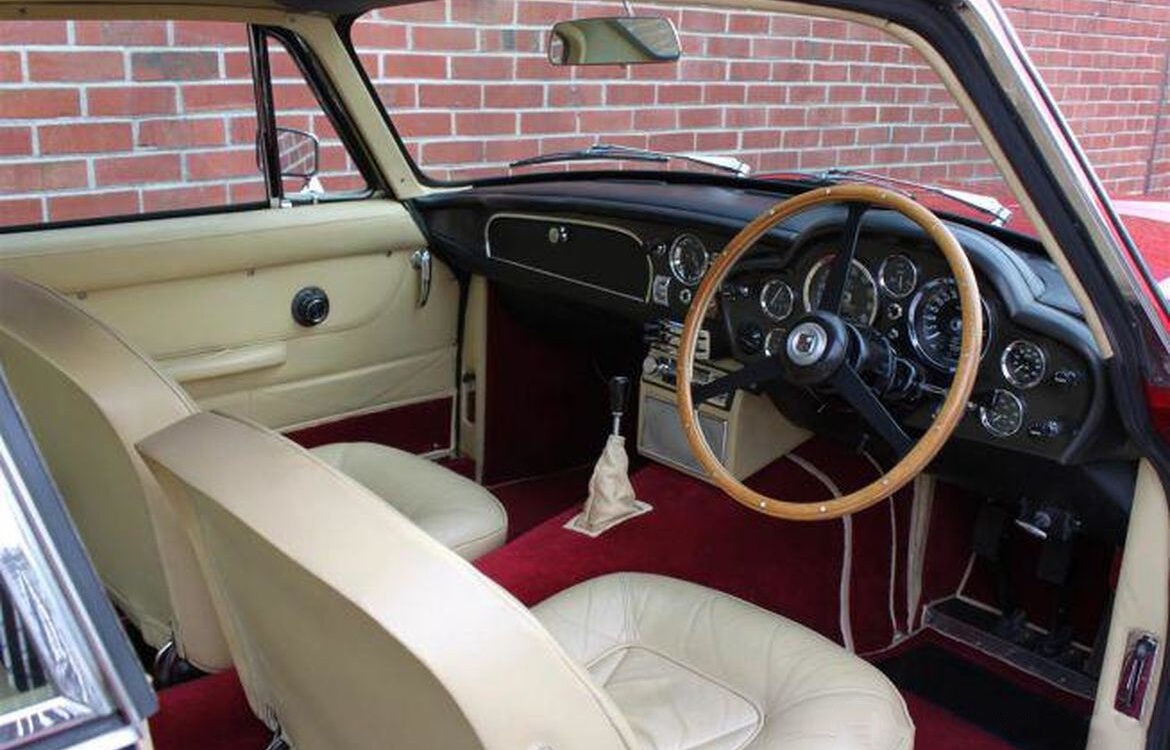
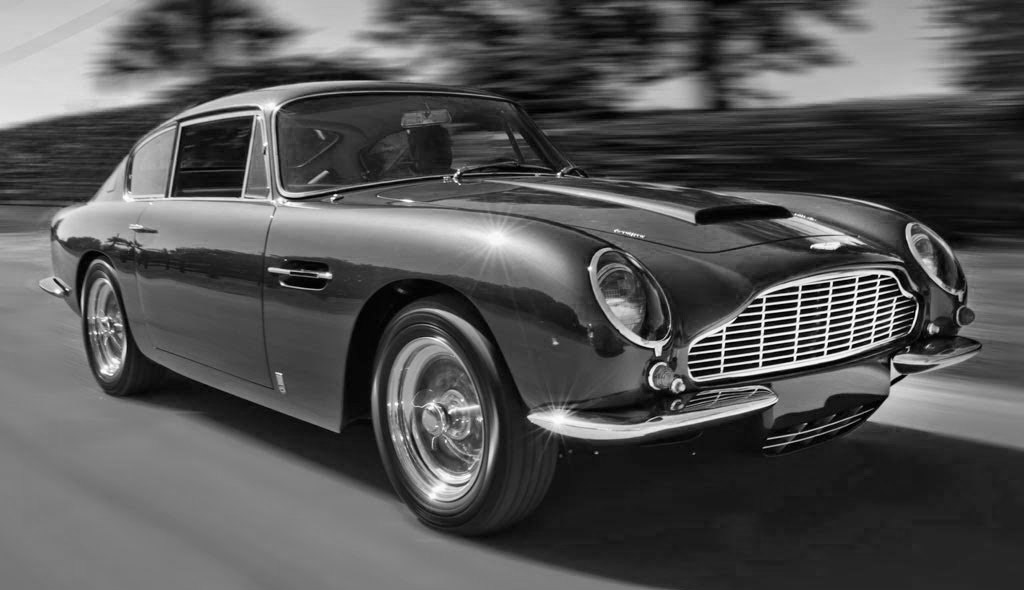










In 1965, the DB6 was unveiled at the London Motor Show to great anticipation. The new iteration shared many qualities with its highly popular predecessor, the DB5 of James Bond fame, although it featured noticeable differences, such as a longer wheelbase, Kamm tail to increase downforce, and a unitized construction in place of the DB5 tube-steel chassis.
The Aston Martin DB6 was a natural evolution of the DB5 but compared to it the changes were major. The wheelbase was lengthened by several centimeters to accommodate 2 more, makeshift seats, and the tail was totally redesigned. In February 1965 wind tunnel tests were conducted to evaluate the aerodynamic efficiency of the DB5. The rear end due to the low downforce produced by the tail shape was losing stability at high speeds. To solve these problems, a longer chassis and a body with a Kamm tail and rear spoiler, inspired by that of the Ferrari 250 GTO, was produced, named MP209. With the new improved aerodynamics, the car reached 240 km/h and had better road holding overall. The new 2 plus 2-seater sacrificed some sportiness on the altar of elegance and interior roominess but without losing the charm and road handling typical of a British sports car. This Aston Martin DB6 definitively transformed the DB series from a pure sports car to a classy Grand Tourer, a process definitively completed by the DBS and DBS V8 in the years to come. For this reason, the company also advertised comfort and good cargo capacity in addition to remarkable performance. The main differences with the previous DB5 are: wheelbase lengthened to accommodate rear passengers, roofline raised by 2 inches, rear window of a different design, taller and sloping windshield, front air intake dedicated to the oil cooler, separate bumpers and no longer in one piece, and body modifications such that the Superleggera construction method of the Milan Touring was later abandoned, resulting in a weight increase of 17.7 kg. An upgraded version with Vantage specifications was also made available for the DB6 by fitting 3 double-bodied Weber 45DCOE carburetors and increasing the compression ratio from 8.9:1 to 9.4:1; resulting in a total power output of 325 hp at 5750 rpm and overall improved performance.




The early years In early 1926, two lawyers from Milan – Felice Bianchi Anderloni and Gaetano Ponzoni – decided to leave behind the world…
Missing or wrong informations?
Carrozzieri-Italiani.com relies on thousend of users who help to populate the database. We do not guarantee the accuracy of the informations. Contact us if you want to contribute.
